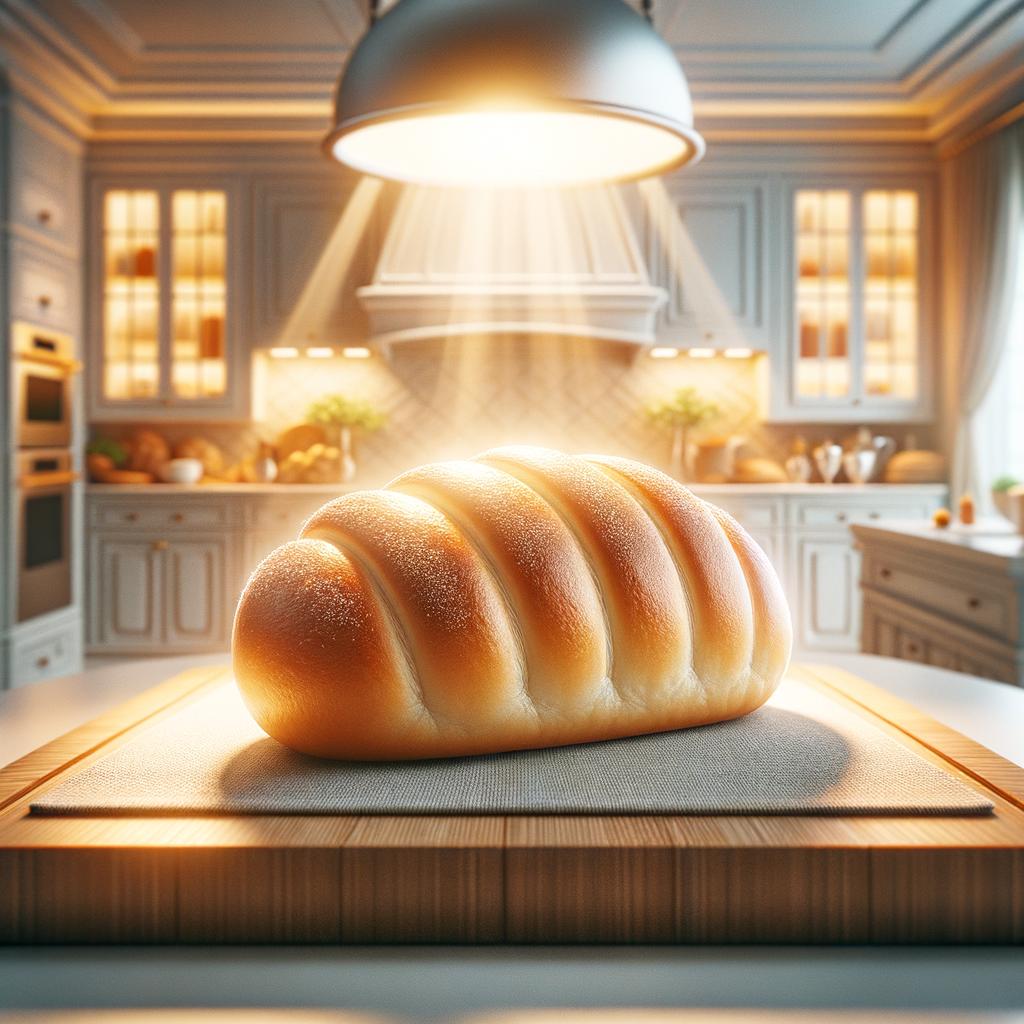Bread Roll

Description Bread rolls, those fluffy, warm, and comforting orbs of joy, are a staple in many households worldwide. They present themselves in a variety of shapes and sizes, from the petite dinner rolls to the robust hoagie rolls, each with their unique characteristics. The exterior of a bread roll is typically golden brown with a slightly crisp crust that crackles when gently squeezed. The interior, however, is a stark contrast - soft, airy, and slightly chewy. The flavor profile of a bread roll is subtle, a delicate balance of sweet and savory, which makes it a versatile companion to a wide range of dishes.
What sets bread rolls apart from other bread forms is their individual serving size. Each roll is a self-contained delight, making it an ideal choice for sandwiches, sliders, or simply as a side to your soup or salad.
Primary Uses Bread rolls are an integral part of numerous cuisines and dishes. They are commonly used in sandwiches, from the humble ham and cheese to the extravagant Philly cheesesteak. In many European countries, bread rolls serve as the perfect vessel for bratwurst or other sausages. They can also be served on the side of a hearty soup or a refreshing salad, or simply enjoyed with a generous spread of butter or jam.
Beyond their culinary uses, bread rolls have cultural significance too. In many cultures, breaking bread is seen as a symbol of peace and friendship, reinforcing the importance of community and togetherness.
History The history of bread rolls dates back to ancient times. The Egyptians, credited with the invention of yeast-leavened bread, likely made some of the earliest forms of bread rolls. Over time, the art of bread-making traveled across continents and cultures, each adding their unique twist to it.
In medieval Europe, bread rolls became a status symbol. The size of your roll indicated your social standing - the larger the roll, the higher your rank. This intriguing aspect of its history adds a touch of romance and drama to this otherwise humble ingredient.
Nutritional Information Bread rolls, particularly those made from whole grains, are a good source of complex carbohydrates, providing sustained energy. They also contain dietary fiber, which aids in digestion. Bread rolls offer a small amount of protein and are low in fat. They are also a good source of essential nutrients like B vitamins, iron, and magnesium.
However, it's important to consume bread rolls in moderation as they can be high in calories, especially when paired with high-fat fillings or spreads. Compared to regular sliced bread, rolls might contain more calories due to their denser structure.
In the end, bread rolls are not just a food item, they are a testament to our shared history, a symbol of our social traditions, and an essential part of our nutritional intake. They are a humble yet powerful reminder of how food connects us all.

